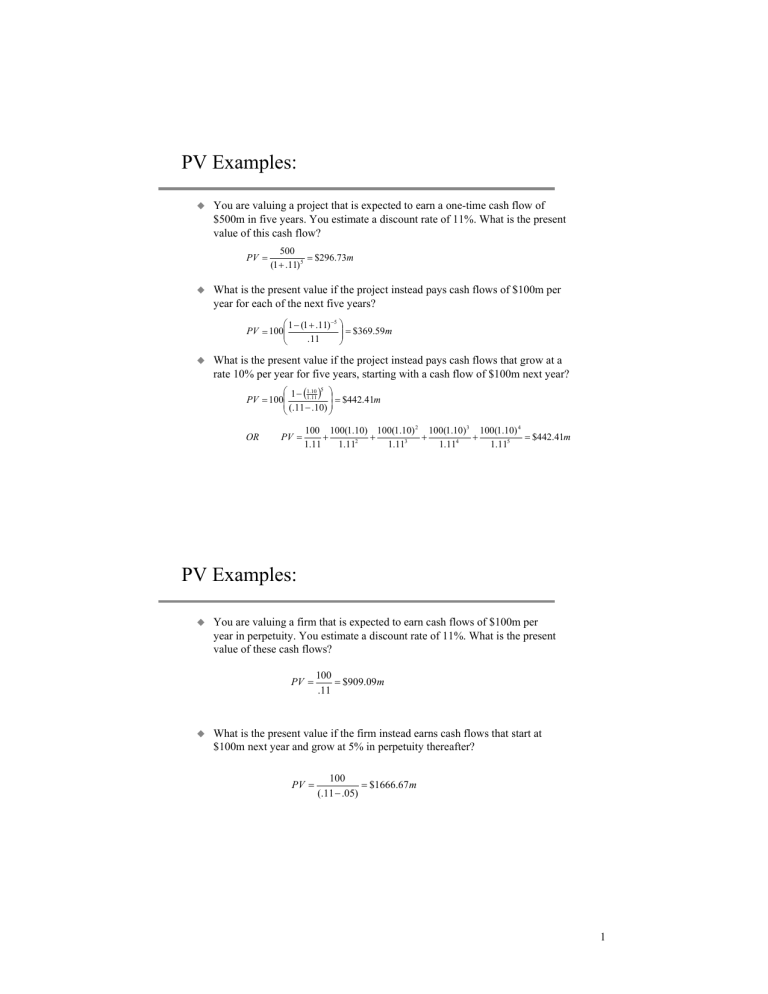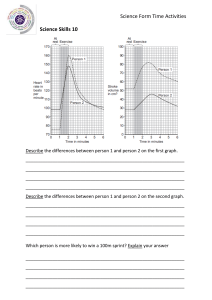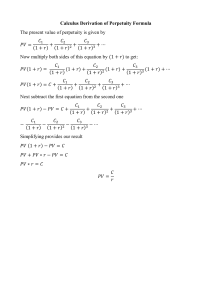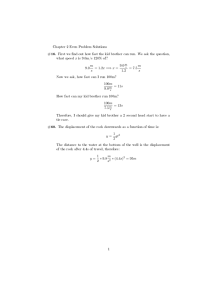
PV Examples: You are valuing a project that is expected to earn a one-time cash flow of $500m in five years. You estimate a discount rate of 11%. What is the present value of this cash flow? PV = 500 = $296.73m (1 + .11) 5 What is the present value if the project instead pays cash flows of $100m per year for each of the next five years? ⎛ 1 − (1 + .11) −5 ⎞ ⎟⎟ = $369.59m PV = 100⎜⎜ .11 ⎠ ⎝ What is the present value if the project instead pays cash flows that grow at a rate 10% per year for five years, starting with a cash flow of $100m next year? 5 ⎛ 1 − (11..10 ⎞ 11 ) ⎟ PV = 100⎜ = $442.41m ⎜ (.11 − .10) ⎟ ⎝ ⎠ OR PV = 100 100(1.10) 100(1.10) 2 100(1.10)3 100(1.10) 4 + + + + = $442.41m 1.11 1.112 1.113 1.114 1.115 PV Examples: You are valuing a firm that is expected to earn cash flows of $100m per year in perpetuity. You estimate a discount rate of 11%. What is the present value of these cash flows? PV = 100 = $909.09m .11 What is the present value if the firm instead earns cash flows that start at $100m next year and grow at 5% in perpetuity thereafter? PV = 100 = $1666.67 m (.11 − .05) 1 PV Examples: You are valuing a firm that is expected to earn cash flows that grow at 10% for the first five years and at 5% in perpetuity thereafter. The forecasted cash flow next period is $100m (which includes the 10% growth) and you estimate a discount rate of 11%. What is the present value of these cash flows? 0 1 2 3 4 5 100 110 121 133.1 146.41 6 153.73 [153.73=146.41(1.05)] TerminalValue5 = 153.73 = $2562.18m (.11 − .05) PV of TerminalValue = 2562.18 = $1520.53m (1.11) 5 5 ⎛ 1 − (11..10 ⎞ 11 ) ⎟ PV of High Growth Cash Flows = 100⎜ = $442.41m ⎜ (.11 − .10) ⎟ ⎝ ⎠ Total PV = 442.41 + 1520.53 = $1962.94m 2



